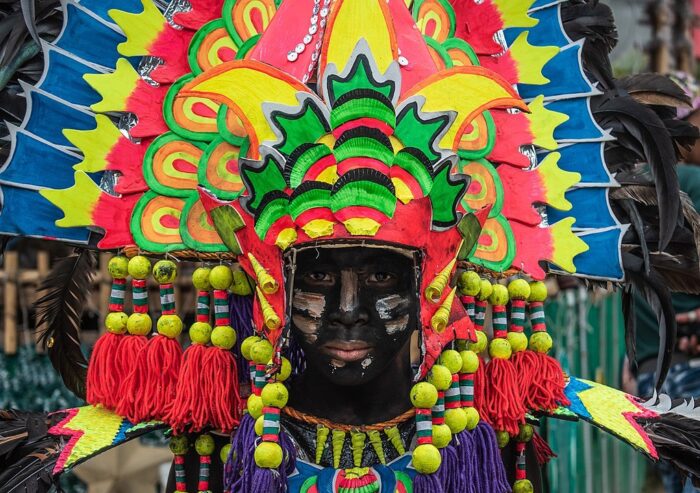Out of Town Blog
Ati-Atihan Festival: The Mother of All Philippine Festivals
Ati-Atihan Festival: A Colorful Celebration of Santo Niño in Kalibo, Aklan
The Ati-Atihan Festival is an annual religious and cultural celebration in Kalibo, the capital of Aklan Province in the Philippines. The festival is held in honor of the Santo Niño, the Infant Jesus, and is celebrated in several towns of the province of Aklan, particularly in Kalibo. The festival is believed to be around 800 years old and is considered the mother of all Philippine festivals.
The Ati-Atihan Festival is a week-long celebration that usually takes place in the third week of January. The festival is a fusion of religious and cultural elements, with participants donning colorful costumes and dancing to the beat of drums and other percussion instruments. The festival is also known for its street parties and food stalls that offer a wide variety of local delicacies.
The Ati-Atihan Festival is a significant event in the Philippines, attracting local and foreign tourists. The festival showcases the country’s rich cultural heritage and highlights the Filipinos’ strong devotion to their faith. The festival also allows the locals to unite and celebrate their shared identity and traditions.
Historical Background
Origin and Evolution
According to accepted origin stories, in the 13th century, a group of 10 Malay chieftains called Datus, fleeing from Borneo, settled in the Philippines and were granted settlement by the Ati people, the tribes of Panay Island. The festival’s name means “to be like the Ati’s” (also called Aetas), and it is said to have evolved from the original celebration to incorporate indigenous dance, music, and costumes. The Ati or Aetas were the aboriginal native inhabitants of Panay before the coming of the Malays and the Spaniards.
When the Spaniards arrived, the festival evolved, becoming a Fiesta de Santo Niño. It was part of the Catholic “fiesta system” employed by the Spanish colonial government to reinforce the reducciones policy to resettle natives in planned settlements built around a local church.
Revelers wear body paints, including blackening the face with soot, and elaborate tribal costumes to achieve an appearance that looks like an Ati. The Ati-Atihan festival is also known as the “Mother of all Philippine Festivals” because it is the oldest festival in the Philippines and is considered the most…
Click Here to Read the Full Original Article at Out of Town Blog…
